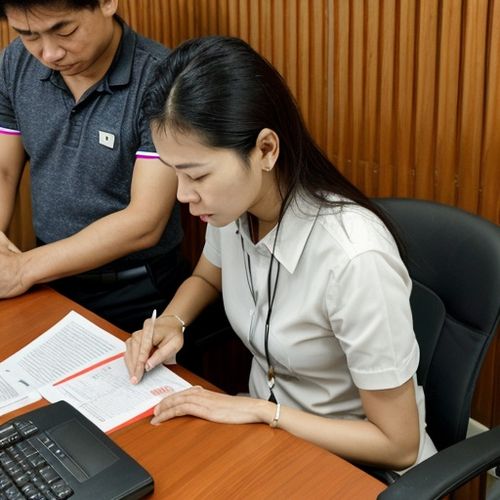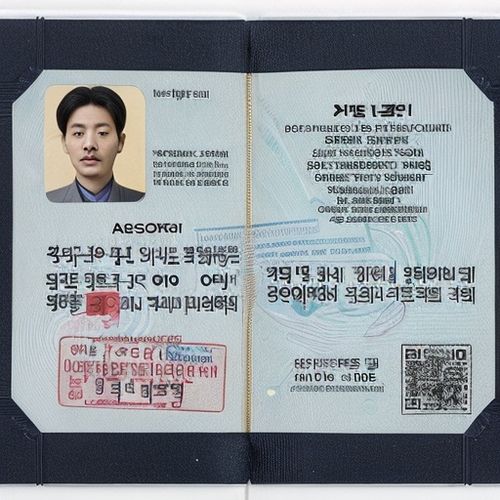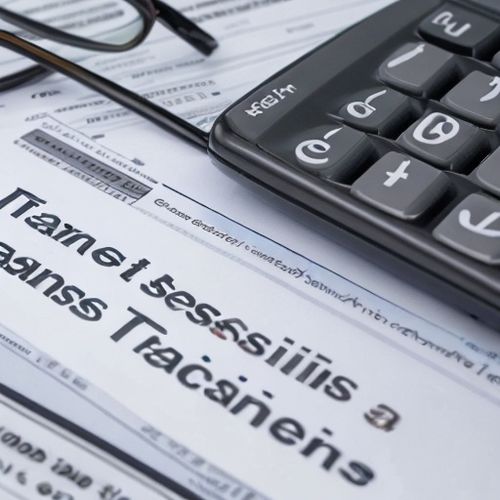In Australia, obtaining a police clearance certificate is often a necessary step for individuals seeking employment, applying for visas, or engaging in activities that require a background check. Commonly referred to as a National Police Certificate (NPC), this document provides a summary of an individual's criminal history or confirms the absence of any disclosable court outcomes. The process of acquiring an Australian police clearance is straightforward but requires attention to detail to ensure accuracy and compliance with legal standards.
The Australian Criminal Intelligence Commission (ACIC) and accredited bodies such as state and territory police forces are responsible for issuing these certificates. The NPC is recognized nationally and internationally, making it a crucial document for both residents and non-residents who have lived in Australia. Whether you are an Australian citizen, permanent resident, or a temporary visa holder, the requirements and processing times may vary depending on your circumstances.
Understanding the Purpose of an Australian Police Clearance
An Australian police clearance serves multiple purposes, primarily verifying an individual's criminal record status. Employers, especially those in sectors like healthcare, education, and finance, often request this document to ensure the safety and integrity of their workforce. Government agencies may also require it for visa applications, adoption processes, or licensing purposes. Additionally, some volunteer organizations mandate a police check to safeguard vulnerable groups, including children and the elderly.
For migrants, an Australian police clearance is frequently a prerequisite for visa applications, particularly for skilled migration, family reunification, or permanent residency. Countries such as Canada, the United Kingdom, and the United States often request this document as part of their immigration processes. Without it, applicants may face delays or even rejection of their visa applications. Therefore, understanding how to obtain and submit this certificate is essential for anyone navigating international relocation or employment opportunities.
The Application Process: Steps and Considerations
Applying for an Australian police clearance can be done online or via paper forms, depending on the issuing authority. The online application process is generally faster and more convenient, allowing applicants to submit their details and upload identification documents digitally. Paper applications, while still accepted, may take longer due to postal processing times. Regardless of the method chosen, applicants must provide proof of identity, such as a passport, driver's license, or birth certificate, along with additional supporting documents if required.
One critical aspect of the application is ensuring that all personal details match those on official identification documents. Discrepancies in names, dates of birth, or addresses can lead to delays or rejection of the application. For individuals who have changed their name legally, providing certified copies of relevant documents, such as marriage certificates or deed polls, is necessary to avoid complications. Additionally, applicants must specify the purpose of the police check, as this determines which information is released on the certificate.
Processing Times and Fees
The time it takes to receive an Australian police clearance varies depending on the issuing body and the complexity of the applicant's history. Standard processing times range from a few business days to several weeks, with expedited services available at an additional cost in some cases. Fees also differ between states and territories, with concessions sometimes offered for pensioners or volunteers. It is advisable to check the latest fee structure on the relevant police force or ACIC website before applying.
For those requiring the certificate urgently, some private providers offer faster turnaround times, though these services often come at a premium. However, it is crucial to ensure that any third-party provider is accredited by the ACIC to avoid fraudulent certificates. Unauthorized providers may issue documents that are not recognized by official institutions, leading to potential legal and administrative issues.
International Recognition and Apostille Requirements
Australian police clearances are generally accepted by foreign governments and organizations, but some countries may require additional authentication. For instance, nations that are part of the Hague Convention may request an Apostille stamp, which certifies the document's authenticity for international use. The Department of Foreign Affairs and Trade (DFAT) in Australia is responsible for issuing Apostilles, and applicants must follow specific steps to obtain this certification.
In cases where the destination country is not part of the Hague Convention, legalization through the respective embassy or consulate may be necessary. This process can be time-consuming and may involve additional fees, so applicants should factor this into their timeline. Consulting with the relevant embassy or a legal professional can provide clarity on the specific requirements for each country.
Common Challenges and How to Address Them
While the process of obtaining an Australian police clearance is generally straightforward, applicants may encounter challenges such as delays due to high application volumes or incomplete documentation. To mitigate these issues, it is advisable to submit applications well in advance of any deadlines and double-check all provided information for accuracy. If an application is delayed, contacting the issuing authority for updates can help resolve any outstanding issues promptly.
Another common challenge arises when individuals have common names or shared birth dates, as this can lead to potential mismatches in criminal records. In such cases, providing additional identifying information, such as middle names or previous addresses, can assist in distinguishing the applicant from others with similar details. Some jurisdictions also offer the option to submit fingerprints to further verify identity, though this may incur additional costs and processing time.
Maintaining Privacy and Data Security
Given the sensitive nature of the information contained in a police clearance, maintaining privacy and data security is paramount. Applicants should ensure that they apply through official channels and avoid sharing personal details with unverified third parties. Once issued, the certificate should be stored securely and only shared with authorized entities as needed. Unauthorized disclosure of this document can lead to identity theft or other fraudulent activities.
The ACIC and state police forces have stringent measures in place to protect applicant data, including encryption for online applications and secure storage for physical documents. However, applicants must also take responsibility for safeguarding their information during and after the application process. If a certificate is lost or stolen, reporting it to the issuing authority immediately can help prevent misuse.
Conclusion: Navigating the Process with Confidence
Obtaining an Australian police clearance is a critical step for many personal and professional endeavors, and understanding the process can help applicants navigate it with confidence. By adhering to the requirements, preparing necessary documents in advance, and staying informed about processing times and fees, individuals can ensure a smooth experience. Whether for employment, immigration, or volunteer work, this certificate plays a vital role in fostering trust and compliance in various sectors.
For those requiring further assistance, numerous resources are available, including government websites, legal advisors, and community organizations. Taking the time to research and plan can make the difference between a seamless application and unnecessary delays. With the right approach, securing an Australian police clearance can be a straightforward and stress-free process.

By Victoria Gonzalez/Apr 14, 2025

By Samuel Cooper/Apr 14, 2025

By William Miller/Apr 14, 2025

By Emma Thompson/Apr 14, 2025

By Lily Simpson/Apr 14, 2025

By Emily Johnson/Apr 14, 2025

By George Bailey/Apr 14, 2025

By Sarah Davis/Apr 14, 2025

By Grace Cox/Apr 14, 2025

By Natalie Campbell/Apr 14, 2025

By Christopher Harris/Apr 14, 2025

By Rebecca Stewart/Apr 14, 2025

By Joshua Howard/Apr 14, 2025

By Jessica Lee/Apr 14, 2025

By Eric Ward/Apr 14, 2025

By Lily Simpson/Apr 14, 2025

By William Miller/Apr 14, 2025

By Olivia Reed/Apr 14, 2025

By William Miller/Apr 14, 2025